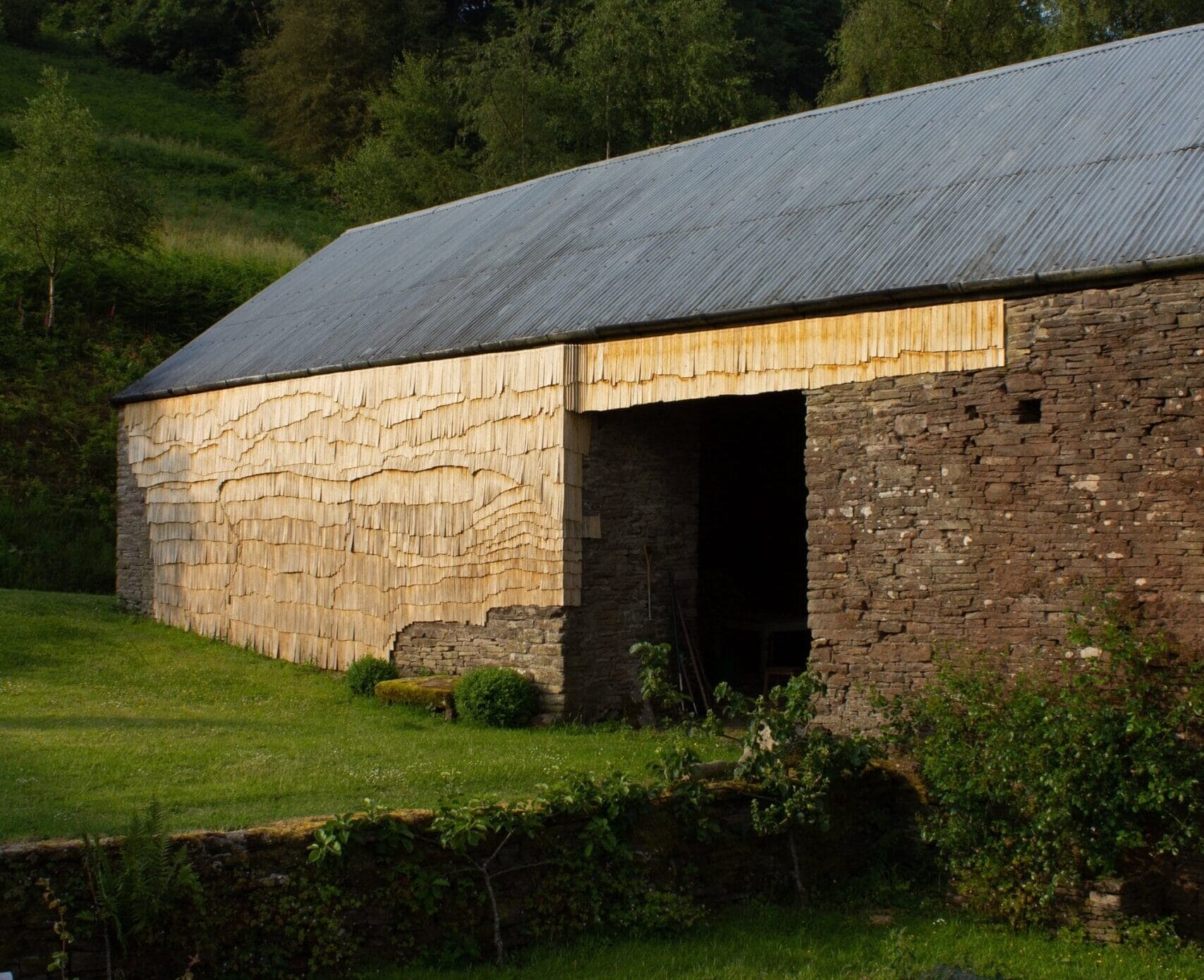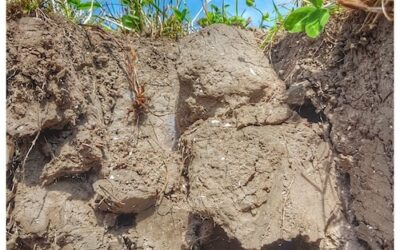This post was originally published on Colossal
“Always in my mind is the desire to describe the landscape of the human body and the country,” says artist Wycliffe Stutchbury, whose elegant compositions are intimately tied to nature and a sense of place. He creates handmade wood shingles made from a range of sources like bog oak, holly, and ash, arranging the pieces into elemental compositions.
“I work with wood because it is full of surprises, and it is a miraculous material,” Stutchbury tells Colossal. “Its character, texture, fragility, robustness, and the way in which it records the passing of time… I really just see myself as an editor of nature.”

The artist is fascinated by the human relationship with landscape, or what he describes as “the struggle between our desire to impose form on the natural world and its unwillingness to conform.” No matter how we try to manipulate, use, or suppress the natural environment, it always shapes our efforts.
Stutchbury was formally trained as a furniture maker, and when he graduated from university, he focused on making what he calls “miniature realities,” or very precise models of everyday things, which he exhibited in large, white spaces. After university, he moved into a studio with some fellow graduates. The artist realized he needed to put the nose to the grindstone and began to gravitate back to woodworking.
“One day, I was walking home and the neighbour’s house was being re-roofed,” the artist says. “The builders had left the old roofing battens in the front garden, and I asked if I could take them away. The rain and sun and time had produced these wonderful colours on the timber.”
With his mind still in “miniature mode,” Stutchbury imagined a small tiled roof, and a textural wall panel clad with little shingles emerged. The rest is history, as they say. Over time, he experimented with different types of foraged wood, making larger panels, multi-piece installations, tapestry-like wall hangings and, most recently, architectural interventions.

His project “The Craig,” a title derived from the Gaelic word for rock, reinterprets the exterior cladding of a 17th-century stone barn in Abergavenny, Monmouthshire. Following the contours of the original stonework and the covered aisle through the center, Stutchbury applied hundreds of shingles in a delicately undulating pattern.
The artist harvested material for “The Craig” exclusively from fallen branches in the adjacent woods. “The title for each work is provided by the location that the timber is found,” he says. “I seek out fallen and forgotten wood, and how it has responded to its surroundings and environment provides me with the platform to work from.”
Stutchbury follows where the work takes him. “Although I strive to apply my own structure to these works through concentration and technical skill, I fail,” he says, adding:
I make mistakes, my concentration wanders, I change my mind, (and) I can’t maintain a straight line or a perfect sphere. I find I am being pulled toward an intuitive way of working, like stacking firewood. So, I allow the timber I have before me to lead the way, and through a process of editing, I try and reveal the qualities and narrative held within it.
The artist has been busy with commissions, including a trip in May to Maine—a region rich with Shingle Style architecture—where he will clad one elevation of a house on the coast. Explore more on the artist’s website.








Do stories and artists like this matter to you? Become a Colossal Member today and support independent arts publishing for as little as $7 per month. The article Wycliffe Stutchbury Configures Miniature Wood Shingles into Mesmerizing Arrangements appeared first on Colossal.





0 Comments